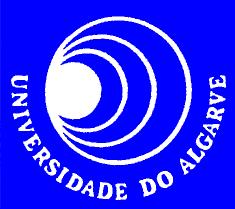
Comments: download file (pdf
)
Ref.: Erasmus Mundos MsC Thesis, University of Algarve, September 2009
Abstract:
The installation of off-shore equipments for energy production may create undesirable
effects, like an increase of acoustic noise on the marine environment.
The main objective of this work is to test the viability of modelling the
underwater acoustic noise, as a tool for coastal management on future installation of
wave-energy equipments.
Methodology was divided in three steps. The first step consisted on
a characterization of the case-study: environmental, biological and noise source
characterization, and the DPSIR framework scheme illustration. Within the second step,
Matlab software was used for running KRAKEN normal mode model to obtain spatial
underwater noise level maps. Within the third step, validation of the model was done,
obtaining the areas where noise is over the hearing thresholds of marine mammals.
By the results of the current study, it remains demonstrated that, by the usage of
modelling underwater acoustic noise, values of propagation can be predicted and the
creation of maps of acoustic impacts facilitates manager decision-making. This will lead
either to minimize or mitigate the effects of anthropogenic acoustic noise introduction.
Management actions chosen in the case of Pelamis device were mainly the
creation of safe exposure levels, adjustment of noise source, further study and
monitoring of either the environmental and noise characteristics, and the creation of
appropriate regulation over marine acoustic noise and setting of reliable hearing
thresholds to use.